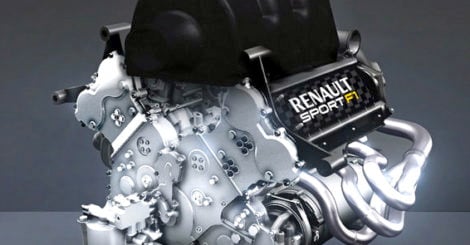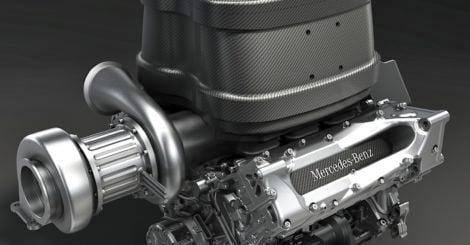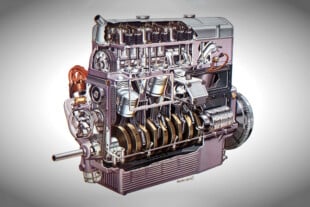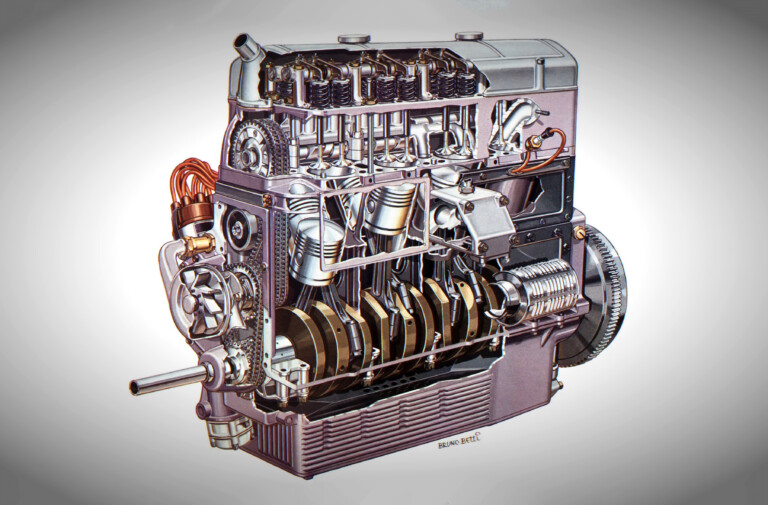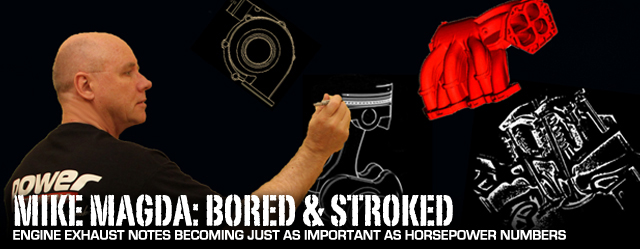 The Formula 1 season just started in Australia and Malaysia with fewer teams on the grid, so the engine volume at the start was a little lower than previous years. The sound of F1 is under scrutiny right now as the sport looks to 2014 when the current V8 engines will be scrapped in favor of smaller 1.6-liter turbocharged V6 powerplants. Other new rules include limitations on fuel-line pressure (500 bar), total fuel for the race (140 liters) and max rpm (15,000).
The Formula 1 season just started in Australia and Malaysia with fewer teams on the grid, so the engine volume at the start was a little lower than previous years. The sound of F1 is under scrutiny right now as the sport looks to 2014 when the current V8 engines will be scrapped in favor of smaller 1.6-liter turbocharged V6 powerplants. Other new rules include limitations on fuel-line pressure (500 bar), total fuel for the race (140 liters) and max rpm (15,000).
Track promoters and even F1 boss Bernie Ecclestone have questioned the sonic appeal of the smaller engine revving slower and having the exhaust note muffled by a turbine wheel. But work on the new engines continues, and the current 2.4-liter V8 naturally aspirated model will be history when the checkered flag falls in Brazil come November.
There are cynics, of course, like this YouTube contributor who surmises that the F1 engines will sound no better than a coffee grinder. However, another ingenious YouTuber has sampled a few high-horsepower V6 engines and manipulated the controls on his computer to generate rather believable possibilities. Check it out below!
Why is the exhaust note under such scrutiny? A few years ago, the motorsports boss of a top auto manufacturer told me no more than a couple thousand people will ever attend a race between electric cars, regardless of how fast they go. It would be like watching a silent movie — could be a great story, but who cares?
The greatest engine sound?
Ear-splitting noise is the reason Top Fuel engines will always run with medieval technology. A turbo setup would be much more efficient, given that it takes almost 1,000 horsepower just to turn a 14-71 supercharger up to 8,000 rpm. But the decibel level and impact factor would drop dramatically.
Motorsport audiophiles have long debated the source of the perfect race-engine sound. When F1 engines were running close to 20,000 rpm, it seemed too pure…as if the missing raw power factor didn’t touch every possible nerve. Top Fuel, of course, is too threatening and overwhelming — the perfect engine sound must be enjoyed without ear plugs. The start of a NASCAR race is thundering, yet precise, with 43 finely tuned open-header cars.
Many veteran race observers say the most glorious sound in motorsport was the start of a Can-Am race in the late ’60s and early ‘70s, with 30-plus injected big-blocks screaming down the straightways of Road America (:45 in video above), Watkins Glen or Riverside. Although I’ve covered every form of motorsport in the U.S. except Formula 1, my personal favorite isn’t even on asphalt. I was on the press boat in the middle of Long Beach Harbor one summer, watching 125-plus powerboats — many of them with two or three big-block engines — screaming towards a narrow jetty opening at the start of the Catalina Ski Race (3:13 in video below). The exhilaration last only a few seconds, but it’s an experience only a handful of people get to witness that close, as all the spectators are hundreds of yards away on shore.
This discussion begs the questions: How do engines get their exhaust note? And what makes some engines so much more distinctive than others? Check out this video in which the creator uses a model engine and Garage Band to illustrate the unique sound of a Honda V4 motorcycle engine.
The Mutha’ Thumpr cam
A few years ago I wrote a story for a European technology magazine on engine noise. Talking points mostly focused on noise from under the hood, such as injectors, but some engineers suggested that distinctive exhaust notes will be developed so consumers can associate those sounds to specific marques — and the engineering can get extremely intense. For example, I asked Toyota engineers in Japan about the development of the incredibly majestic exhaust note of the 4.8-liter V10 in the Lexus LFA.
“Creating the sound of the LFA means expressing the vehicle’s critical identity in the exhaust note octave and fifth harmony. Specifically, we greatly reduced the 1.5- and 2.5-order sound levels and emphasized the first, second and third levels. For the main muffler, we switched the valve and optimized the final expansion chamber to change the volume and harmonic tone of the sound, according to engine rpm. In other words, at low engine speeds we aimed to achieve an engine sound with a solid first order sound, but at high engine speeds we wanted a clear soprano effect with additional third order sounds.”
That’s a little too intellectual for some. Most of EL’s readers would identify more with with an engine sound heard at every car show — a V8 engine sporting a Mutha’ Thumpr cam (see video below). As part of my engine noise story, Comp Cams boss Scooter Brothers reflected on that cam’s development.
“My sales manager wanted us to design an ignition that would crossfire cylinders when the driver flipped a switch. His reason was to make the car sound like a Top Fuel dragster. After discussing with our engineers, we made a series of cams with a tremendously wicked sound at the tailpipe without sacrificing much of the performance. It’s all about opening the exhaust valve while there’s still enough going on inside the combustion chamber to make the noise.”
Now, that’s an explanation we can all relate to!



